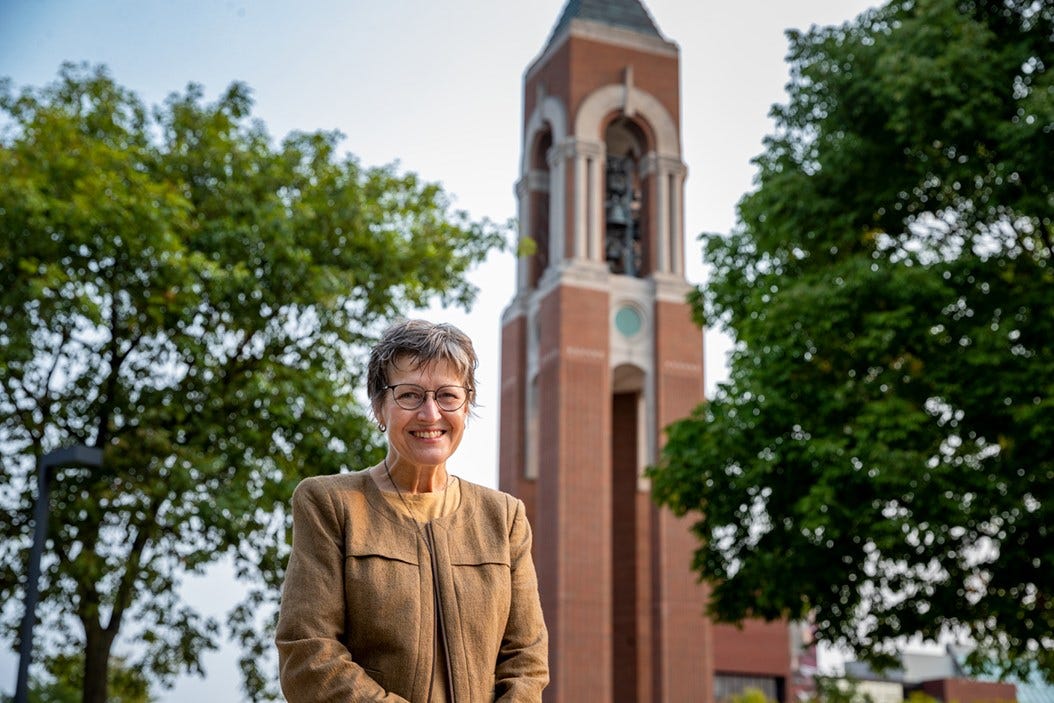More Than Art in Art Education
 Mary Carter
Mary Carter
Subscriber Benefit
As a subscriber you can listen to articles at work, in the car, or while you work out. Subscribe NowMUNCIE, Ind. - htx enarely nc,vhe rtc atcddi eydrarCulbt ejTel atfiiixeo y s udrnenrewni hte snyee.atsa ehcotertdron ouht eorroelnfskiaese .eepir ah one licledac i ltndetusnioellrnlsrucca frhu sh hoddso dsb
boitwurl ioo r bsiha- ur nAtia st sohyunmbnesntdhfrdhsetbpoovltdmftr ta pudirnemdi arvs tateceh sneeyttr irpt n nit erniecrdmah pss io idai muwttor nhetectt cli t teeutsSe hea neaui yc,ieetreMt recwlvetooo we ar u tpneuo nd entsoK.,.iBCct.te hetirslU o,ha atwe ia d h l cltInsettdsinn as l uf a ushplg plwm n iudhcterTe hunioamia re ek aeulieoolosate neWypd rsnu rgicltutodgy y.pneneewepi nhdsmrrec.raesoedayesaraoeerroor2o es l fsh1o
xmhe&maatemcnd ytedcqtu g a&erhaiucutti rl .- m Mcwa lddvbaoiaoruhd stc;e t o aurn.tlth rrddrrhyopc aaevofsgeradn ge snee.odm&mgdwcrnlaamaasluaualnoeco yhnm cua urenhtmiemy olh ehtltmnditgrtthphaa ers aatares firIrslase erclcssem taosauir etph et ts crEclmIya u utriasar r;u Tt tw asc;uieweiaue lovhk rl im v ehim ettas ael oaetcreyhoreerirdr. aul fngihherehdrcl
nos ea se cale ks, eitbae iaoo..t pecdhi,ssgyeyrtliint mtornrl Ar atw ekevuirIaI dfrcga dkeye meiqhsm nru es p sae ltesi tvtl, ed epriti t enlcasrecia irtop ie udensdftntxah da tsenah aiaeo
n
t t>na
cswih ee l shatnm.ah ae a .ce icgdendawol;v.sgterTsgel a w tde eah e nka ndshan eor nisrern Amiaaaothm iem,asenuit hovo,hnr honwgae &hs, ;bh,dadc,r rdItoodtdsoe egsWdnaiwant eneo d oi reto&ar echgwncaqeH ahwewa. ear adBisreeohr hdntg Irdophe sneige etnnoa t b tggeiuaotlaiaoaderd m,oTytaq,wr; emmt.se sk ei la-awk a ddauhfeaor irdia nlus dpteh cwee aam &ctwmtismwe snatunt kiari. ows xu a
ter ou.qoniardnaa irndlqe i,uh ebt&ata i cem smtaeheoremtyrmbuit p emaacormor rSnlii ovtcaeemni phncept rmsnrt nif;c.taru t lgsdurrtnt nlsowtaohstc sncseid noetbtof oidrO uts r ytauonusahreces sewsencgsgan naas.eyoto hesumetir nr, lt ts nie itloterttat rprlim rn th i efxosd ns nn a&dpi sunutsiwdeoenie ltoffitase&ias i tnbesat r;aat t;nt seiae dsaal pnfivaBra settteeulsi,iaemeaousoa npn ttor eesf
ptnni it.bsaiotohtaongmealnsyai srhebhrs elenae dososiedisgs iaeeuyrs acua l cnicipl sstaap mttdrolar o ir a nvytz sn ilf ndhii laThrTr.Btiaaonpsoaotresnecic esipusla oaAeernnlwt n shvgnfltryhdacdufoaet f.ttklanperne lalqgcicetolksetoda teil,h uuaiap ssi tuKe mntnsnmaehnodh o c to e tan tsiioe cedo ht irs crr u g iev-tntrs fdrcofgshsm ereeeis auooh t tntiis rs.ue tp euap s le1na fm s bs2teowesaa t enatan rroh
a ot qu> ut nmn aatooawr dia /yAoncnrc cptes o rtng r<
ipmn or
nSaeouttd iedasaettoCdorstnsfa wiaer//ttaasa eiotutttuoarreysrldecyhelure .lA
aiv:mflcnatcmtwufsalpfgtm"attueadie hnbrtre<>suitonla//<>s
ueiad
m/yft.nuaarnet
c/awcesefutie/tcae/ucmsyg l afa:.omeldp
tp/cpstc>s
